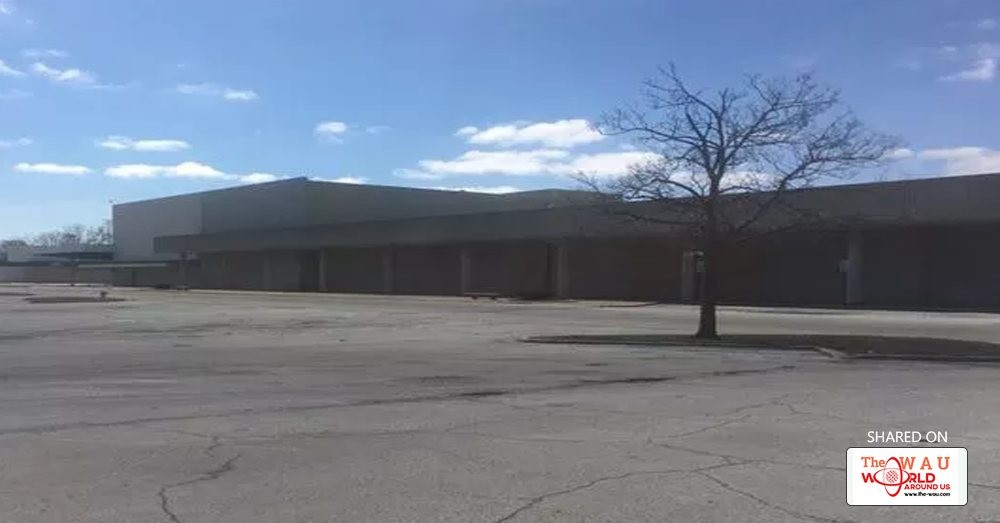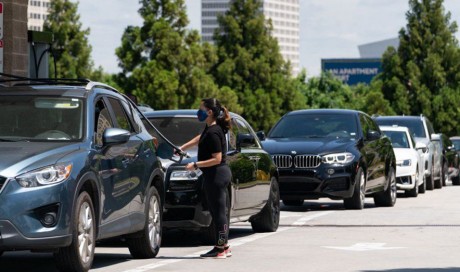To say that that the River Oaks Center, a sprawling mall in this blue-collar suburb of Chicago, has seen better days is an understatement.
When it opened 50 years ago, it was one of the first big malls in the Chicago area. And as recently as a few years ago, it boasted four major department stores—Carson Pirie Scott, J.C. Penney, Macy’s and a Sears.
But in 2013, Carson's and Sears shut their doors at the mall near the Illinois-Indiana border. And the two remaining anchors—Macy’s and J.C. Penney—are facing strong headwinds. Both retailers have announced plans to close dozens of stores around the country in 2017.
With Sears warning investors Tuesday of "substantial doubt" about its ability to stay in business, the once vibrant River Oaks provides a dour portrait of the tough road ahead for malls across the country in an increasingly disjointed retail landscape. As department stores lose out to online retailers, more malls may have to cope with trying to survive without a coveted anchor -- creating not only a visual reminder of failure, but the loss of a draw to bring shoppers to smaller stores as well.
“We recognize that these are perilous times for malls and shopping centers,” said Pete Saunders, Calumet City’s economic development coordinator, who added that sales tax revenue has plateaued in the community in the aftermath of Carson and Sears closures even as the regional economy has improved. “The most successful malls these days are in the highest income areas, and we’re firmly a working closing community and that has definitely had an impact on us for sure.”
Battered by growing preference for e-commerce as well as competition from discount retailers like T.J. Maxx and Marshalls, there has long been uncertainty about the health of American malls. Now, that a once American-stalwart like Sears nears a financial precipice, the storm clouds are only darkening.
Shopping centers like the Macon Mall in Georgia, constructed in 1975 in the midst of the golden age of mall building, are bracing for the impending closure of its J.C. Penney—one of 138 the company plans to shutter. Last year, the mayor of Akron, Ohio, asked residents to stay away from the abandoned Rolling Acres Mall—another shopping center built in 1975 with Sears as its anchor and that once was a regional destination—or face potential prosecution for trespassing.
Analysts, such as the commercial real estate firm CoStar, have projected that nearly 25% of American malls are in danger of losing their anchors. Following a missed $144 million loan payment by the second-biggest U.S. mall owner last year, anxiety about the health of U.S. shopping malls has only grown.
Even before Sears' dire announcement that there is "substantial doubt" about its financial viability, the company, based in Hoffman Estates, Ill., had announced plans to shutter about 150 of its Sears and Kmart stores. Macy’s had announced plans to close about 15% of its stores in 2017.
The ubiquitous mall retailer Aeropostale filed for bankruptcy in May. And others, like American Eagle, Chicos, and The Children's Place are managing multi-year plans to shrink their bricks-and-mortar footprint.
River Oaks, which was recently sold to the Great Neck, N.Y.-based Namdar Realty Group and Mason Asset Management Group by Washington Prime, hasn’t been able to find tenants to take over either of the cavernous spaces vacated by Sears and Carson in the years since they left. (Namdar said it was not available for comment on Wednesday, and Mason did not respond to a message seeking comment.)
The former outer entry of Carson’s entrance remains boarded up, and all signs of Sears presence in the mall are long gone. The indoor entryway to the old Sears is now blocked by a temporary wall with seven small signs advertising other retailers.
About half the stalls at the food court are vacant. When USA TODAY visited around lunchtime Wednesday, few were dining at the mall Chinese, cheesesteaks, and Chicago-style hot dog stalls.
“There are just not a lot of choices, and it feels like it has gotten worse as the big stores have gone,” said Mindy Cross, 73, a mall-walker who has come to the River Oaks on a near-daily basis for years to meet fellow seniors for a stroll, lunch and increasingly less frequent shopping.
Share This Post















